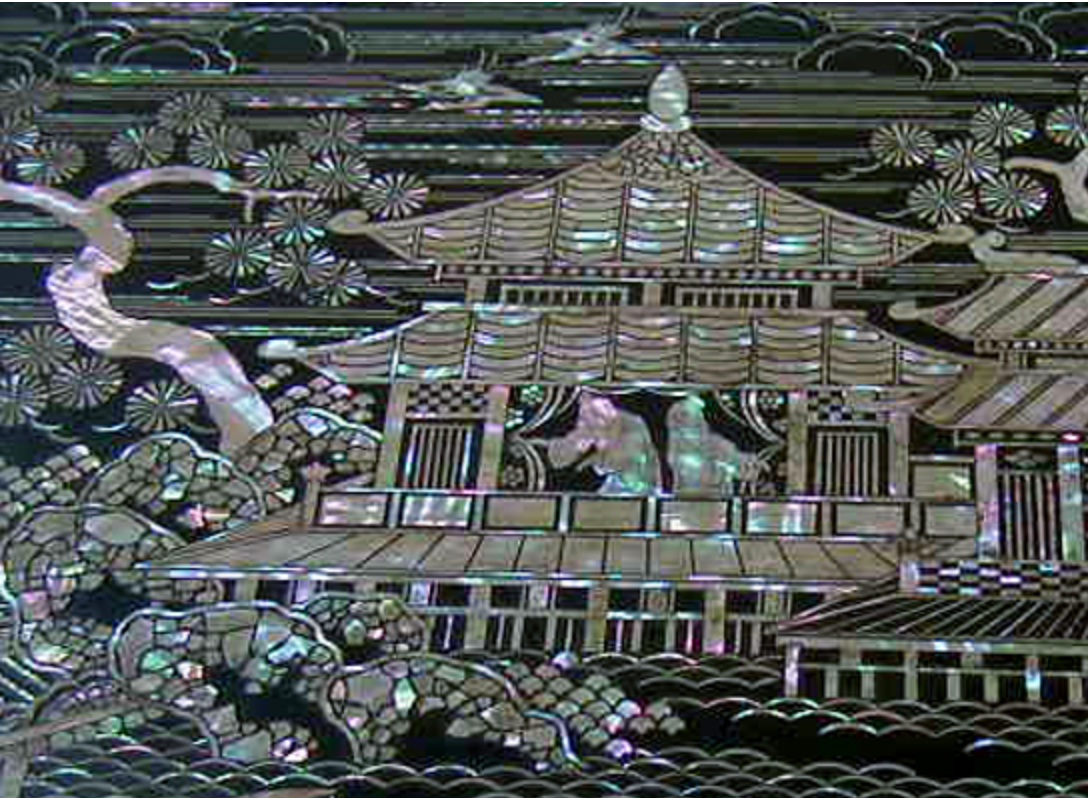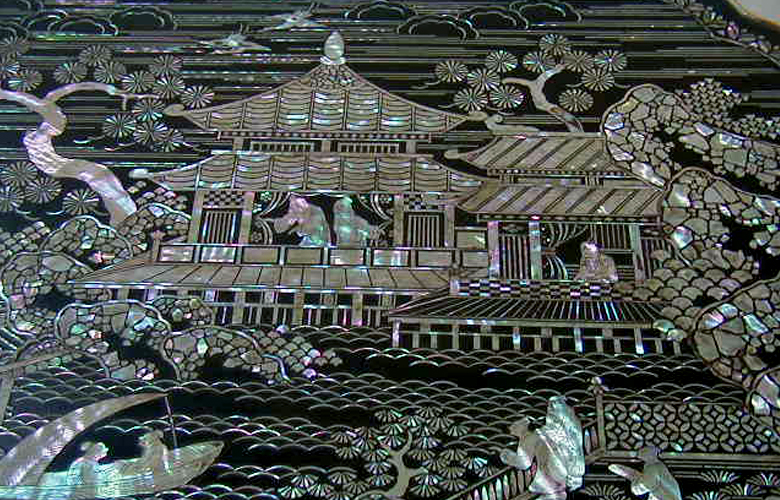
Takaoka lacquerware
Takaoka lacquerware
[Region] Takaoka City, Toyama Prefecture
[Summary] It is said that Toshinaga Maeda started making daily necessities when building Takaoka Castle in the early Edo period. Produced in Takaoka City, Toyama Prefecture. In addition to techniques such as tsuishu and tsuikoku, which were introduced from China, various techniques such as engraving, rust painting, mother-of-pearl, and zonsei are used. These lacquer painting techniques are used for the Takaoka Mikurumayama, which is designated as both an important tangible folk cultural property (7 Mikurumayama) and an important intangible folk cultural property. there is Techniques include tsuishu, tsuikoku, engraving, rust painting, mother-of-pearl, zonsei, aogai lacquer, yusuke lacquer, and lacquer. Since 1986, the craft city Takaoka craft competition has been held every year, establishing itself as a craft city. Various products have been developed to suit modern lifestyles.

Source: Musashigawa Koubou
【technique】
Raden
Mother-of-pearl is one of the decorative techniques used mainly in traditional crafts such as lacquerware and obi. A method of inserting a plate-shaped material cut from the iridescent mother-of-pearl inside the shell into a carved lacquer or wood surface, and crafts made using this method. . Ra means shellfish, and 鈿 means studding. The shells used include green oysters, white oysters, black oysters, kawashinjukai (blue oysters), abalone, and pearl oysters. In some cases, the shell piece after fitting is further engraved.
Sculpture painting (Chokoku Nuri)
The origin of this technique is Tsujitanpo, a master craftsman in the middle of the Edo period. Lacquer is applied to the carved areas, and the recesses are filled with ink to give shadows.
Yusuke Lacquerware
This technique was created by the first Yusuke Ishii at the end of the Edo period. The lacquerware of the Ming Dynasty (China at the time), which was prized as a Chinese item, was researched and created. It is a delicate and graceful technique that draws patterns such as flowers, birds, and landscapes on a Chinese-style design, and garnishes key points with blue shells and cobblestones.
Zonsei
Zonsei draws an appropriate pattern with colored lacquer on the top surface of the finished lacquer, such as black, red, and yellow. Alternatively, the corners are removed with gold paint, or the inside of the carved lines is filled with gold paint. The methods can be roughly divided into the following three.
◯ The outline of the pattern is finely carved and the opening is filled with gold paint.
◯ The outline of the pattern is drawn with a brush in gold paint. ◯ The outline of the pattern is finely carved.
rust painting
It is made by adding a moderate amount of water to soften rust lacquer, which is made by mixing lacquer with powder, and applying it with a brush to create a thick, fleshy pattern.
Tsuishu
Tsuishu is a type of carved lacquer that is made by applying multiple layers of lacquer mixed with oil to create thick layers and carving patterns. Ordinary lacquer is hard and difficult to carve.
Tsuikoku
One of the lacquer carvings. This is the same technique as tsuishiyu, but uses black lacquer. It corresponds to Tetsukoku in China. Tsui crow.
